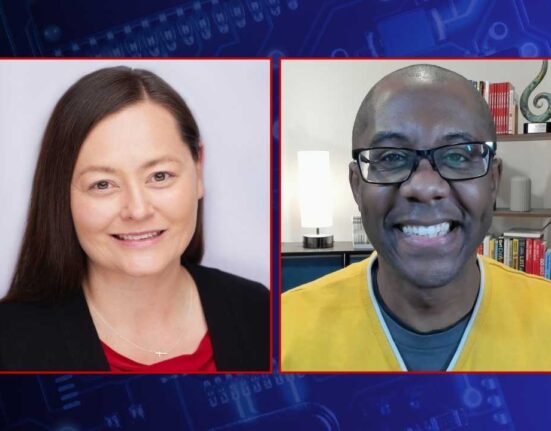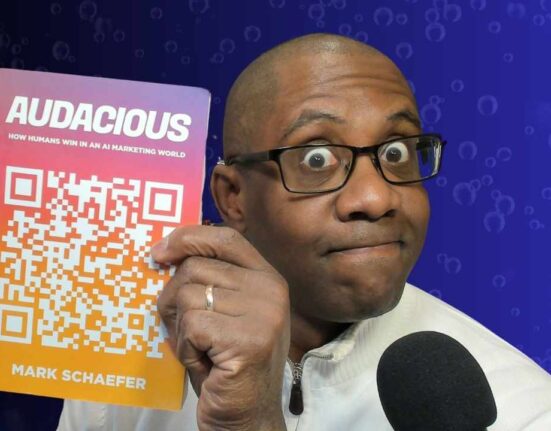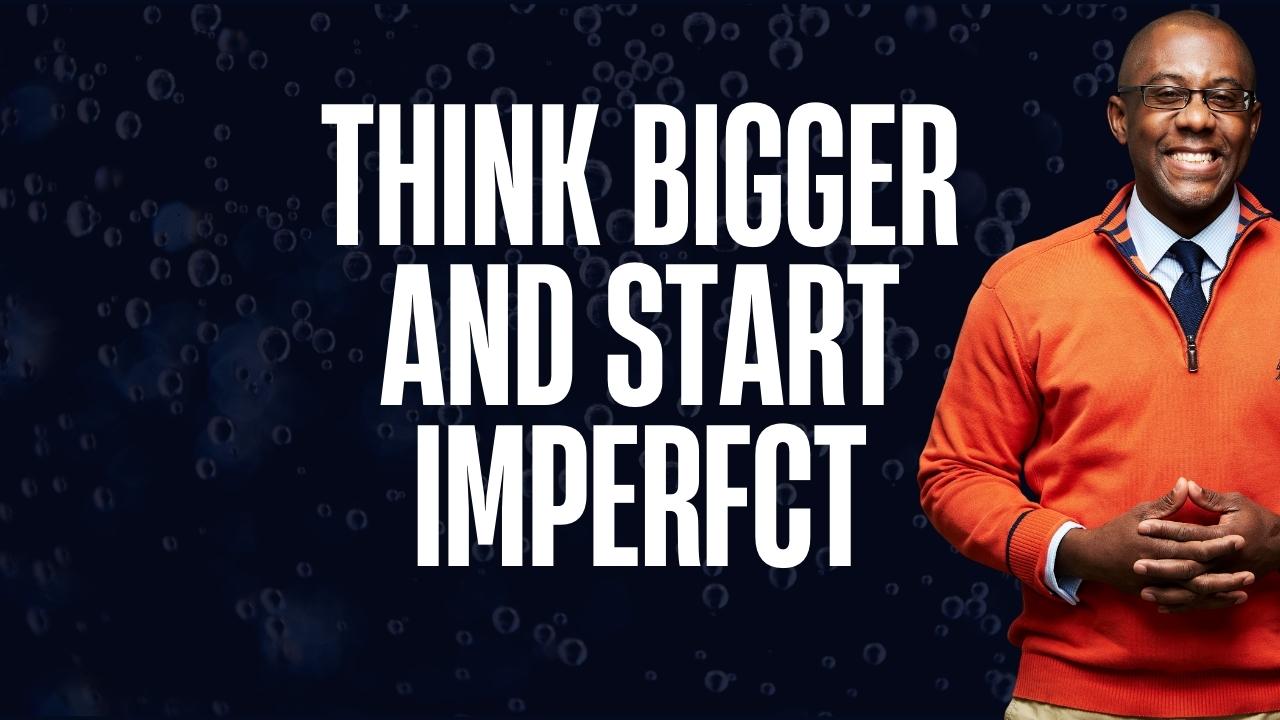What’s the common thread linking the founders of Airbnb, Salesforce, Life is Good, and thousands of other incredibly successful entrepreneurs? It’s their story. I call it the Swiss Army knife of entrepreneurship because it can be used for just about every need you have as a founder.
Founder Story
After filming over 1,000 entrepreneurs over the last 18 years and spending 10 of those years studying the art and science of entrepreneurial storytelling, there is one thing I definitively know.
YOUR STORY IS YOUR #1 ASSET AS A FOUNDER.
It’s the one thing you have complete control over—what is said, when it’s said, how it’s told, and who hears it. Your story is timeless; it serves every phase of your business, across any industry, for as long as your business exists.
For many entrepreneurs, the story is often the only asset they have when starting out. Some founders may launch with a team, secure funding, or already have brand recognition, but for the vast majority, it’s just you and an idea.
You might have almost nothing, yet you’re expected to achieve everything.
Your story is the one resource you can create right now, without needing anything but your own experiences and insights. It’s like a Swiss Army knife for your business—versatile and indispensable, helping you raise capital, drive sales, form partnerships, gain press coverage, and recruit talent. A powerful story builds an emotional bridge between you and your audience, connecting you to the resources and support you need.
As a founder, your story will be the lever you use in nearly every critical situation. It highlights what is unique about you and your offering while forging the connections that inspire others to take action. Imagine stepping into the entrepreneurial arena with nothing but your story—your ultimate tool, ready to tackle any challenge and drive your success.
It’s a tool you can use for fundraising, sales, media attention, partnerships, recruitment, and more, at every stage of your business journey. Let’s explore how successful entrepreneurs have wielded their stories as a Swiss tool to build remarkable brands:
Carley Roney – The Knot
One of the worst days of Carley Roney’s life was her own wedding day, where everything that could go wrong, did. Yet, from that personal disaster, she built a $130 million global brand. That chaotic day became the founding story for “The Knot,” as Roney recognized that her nightmare could help others avoid similar wedding day catastrophes. With her experience, she saw a clear market need and established instant credibility with brides-to-be. By sharing her struggle, Roney positioned herself and her brand as trusted, empathetic guides through the often overwhelming wedding planning process. Her story became the foundation for a company that would grow into a global leader, offering comprehensive resources for couples worldwide.
Marc Benioff – Salesforce
Marc Benioff masterfully used storytelling and metaphors to explain Salesforce’s revolutionary “software as a service” concept. He famously described Salesforce as “Amazon.com meets Siebel Systems,” making a complex technological shift accessible to a broad audience. His narrative approach generated significant media coverage, including a front-page Wall Street Journal article that brought in 500 leads before the product even launched. He constantly worked on finding metaphors to explain what Salesforce did. Benioff’s story became a tool for simplifying complex ideas, attracting press attention, and articulating a transformative vision for the industry.
Brian Chesky – Airbnb
Brian Chesky’s story of renting out air mattresses to make rent became the foundation for Airbnb. This simple, relatable narrative was a key component of Airbnb’s initial pitch deck, helping secure $600,000 in funding. Chesky’s story made the abstract concept of the sharing economy tangible and accessible. It served as a powerful tool for explaining Airbnb’s value proposition to potential hosts and travelers alike fueling Airbnb’s rapid growth that forever changed the hospitality industry.
These founders demonstrate how your founder’s story is not just a tale of how you started; it’s a powerful instrument that can open doors, build bridges, and propel your business forward at every turn.
Storytelling Lessons:
Here are 3 lessons to help you leverage your founder’s story to become this Swiss tool of success so it can be effectively deployed in pitches, press releases, product launches, and beyond.
- Craft a Versatile Story/Message: Develop a core story that’s adaptable to various situations. Create versions tailored for investors, customers, media, and potential partners. Ensure your story highlights your unique value proposition and addresses the specific interests of each audience. Practice delivering your story in different formats – a quick elevator pitch, a detailed presentation, or a casual conversation.
- Master the Art of Metaphor” Take a page from Marc Benioff’s playbook and use metaphors to simplify complex ideas. Metaphors can bridge the gap between your innovative concept and your audience’s understanding. They make your story more relatable and memorable. Spend time brainstorming analogies that capture the essence of your business in a way that resonates with your target audience. Test these metaphors with different groups to find the ones that stick.
- Use Your Story as a Problem-Solving Tool: Frame your founder’s story to demonstrate how your business solves a real problem. Show how your personal experience led to a solution that benefits others. This approach validates your business idea and establishes credibility with your audience. Be specific about the problem you’re solving and how your solution is unique. Your personal connection to the problem adds authenticity and urgency to your mission.
Remember, a well-crafted story is not just about where you’ve been – it’s a carving tool to shape where you’re going.
Additional resources:











